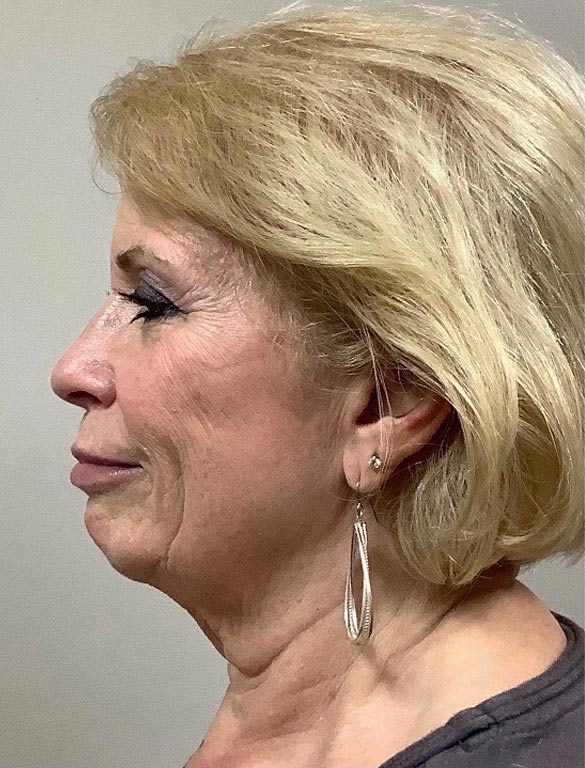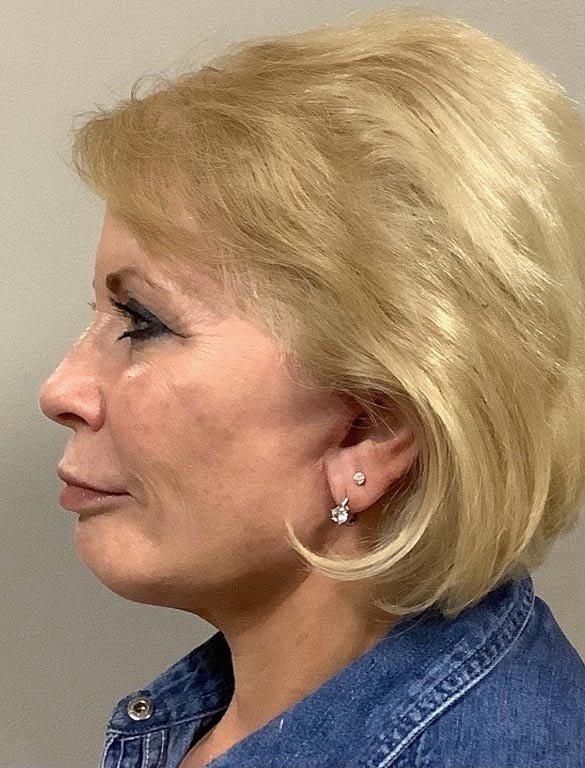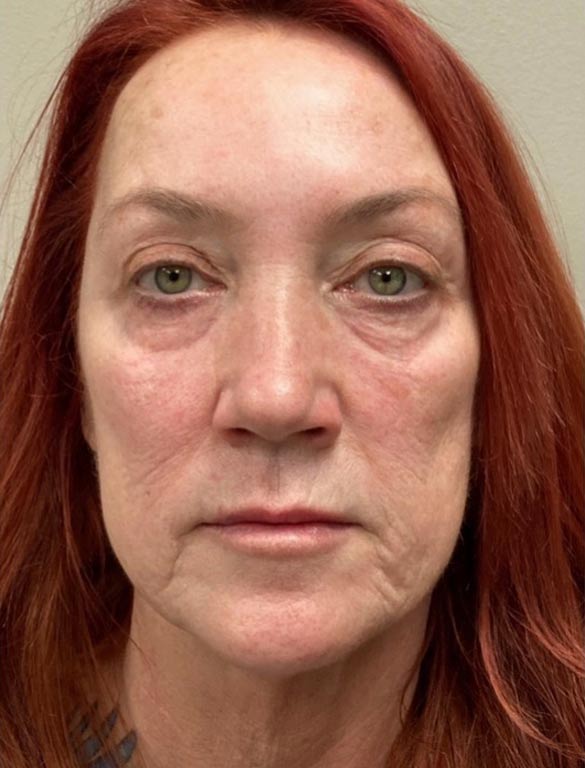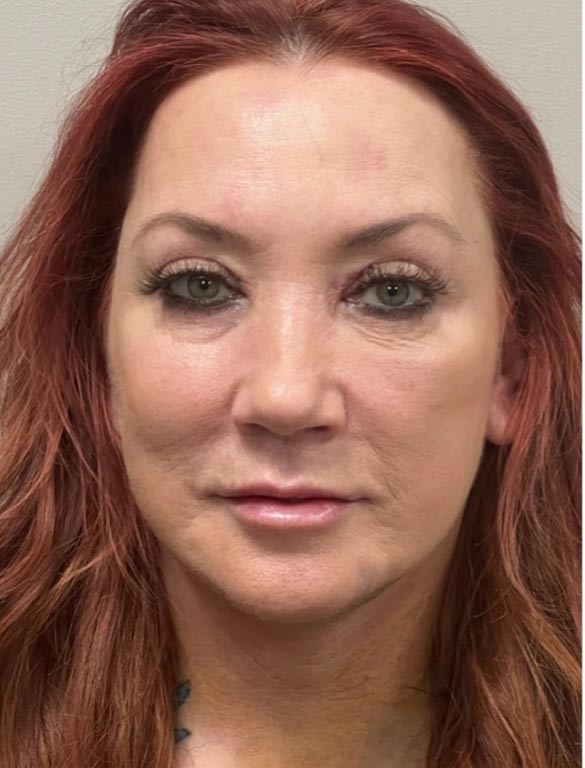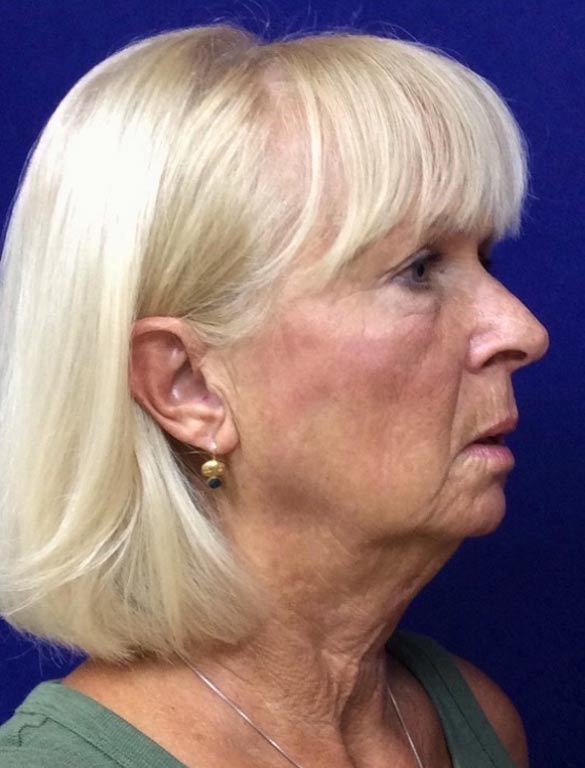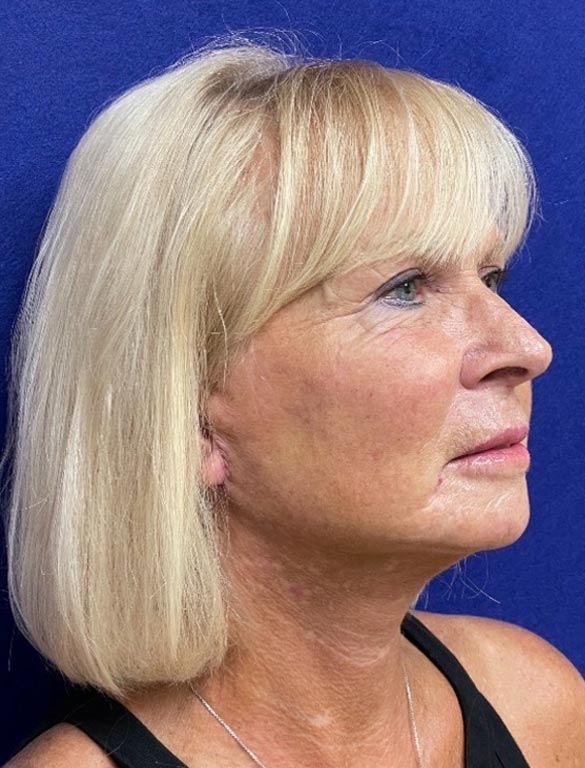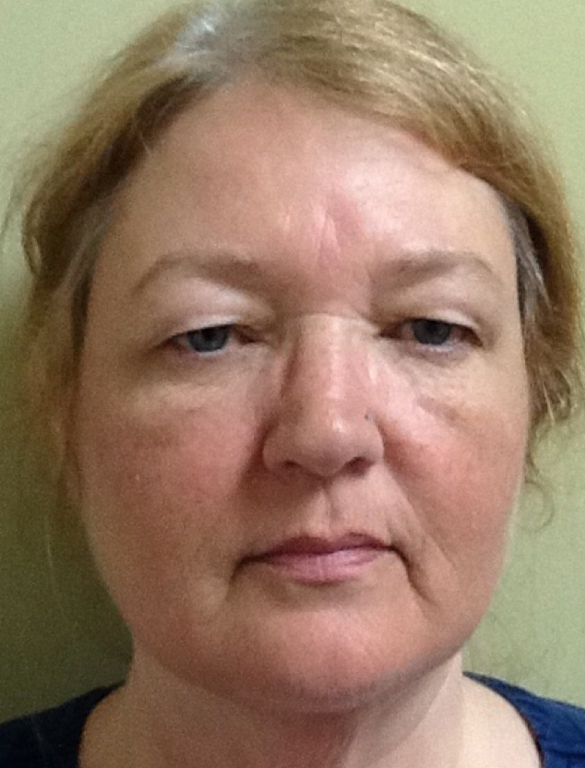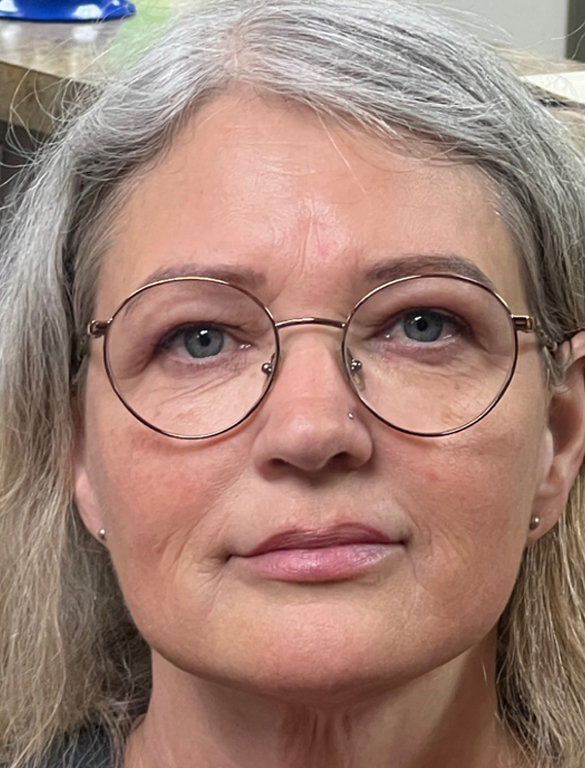The human body is an incredible thing and taking care of it is a top priority when it comes to living a healthy and long life. For all of the amazing things the body can do, it also comes with some attributes that are rather unique. Among the many features found on that list might be moles and other interesting skin growths.
Across the board, the development of both moles and other skin growths is relatively common. Both men and women are susceptible to skin changes and features of this type. In addition to moles, many people experience growths in the form of skin tags, lipomas, warts, angiomas, and even cysts. All of these have the potential to occur anywhere on the body including the scalp or the face. Read on to learn more about treating moles.
Contents
Treating Moles
Moles are never a one-size-fits-all growth. In fact, they come in a variety of colors, textures, and sizes and may appear as large brown spots or faint smaller spots across the skin. Some moles appear to be flat and smooth while others are defined by their raised surfaces that may be rough or wrinkled.
The reason for the diversity lies in their makeup. Moles are a group of pigmented cells, and their appearance depends on how those cells congregate on the surface of the skin. Whatever their origin may be, it’s common for those who develop moles to want to eliminate them. This can be due to a cosmetic preference, or it may be due to a concern that a mole has changed and is presenting with potentially cancerous tendencies.
There are a variety of options for removing moles, depending on the severity and type. While some moles are more easily removed by a dermatologist using traditional numbing, excision, and stitching, some moles are able to be removed through a freezing process done in-office known as cryosurgery. Enhanced modern technology means that those looking for mole removal options now have more choices than ever before. Cosmetic laser removal is a viable option that many patients opt for, while cauterization is also a popular choice for quick and efficient mole removal.
Treatment Options for Cysts
Perhaps just as common as the development of moles across the body is the appearance of cysts. Like moles, these can present in a variety of sizes and can appear anywhere on the body. Cysts are pockets of tissue below the surface of the skin that are frequently filled with fluid. There are a variety of cyst origins, but many are linked to clogged oil glands, or infections.
For many people who suffer from cysts, the development is virtually painless. However, they are often considered a cosmetic blemish and if they grow quickly, they can become uncomfortable and even interfere with how clothing is worn.
Dermatologists offer a variety of treatment options when it comes to both reducing or eliminating cysts from the body. If the cyst needs to be reduced, draining or cortisone injections will often work. It’s important to remember that while these methods are effective, there’s a good chance the cyst could refill, and draining would need to be repeated. The only way to guarantee that a cyst will be gone for good is to have it physically removed through surgery. Fortunately, this can often be done as an outpatient procedure right in the comfort of the attending physician’s office in less than an hour.
Often considered the least invasive of potential skin growths, skin tags are nonetheless irritating for those who experience them. While they don’t pose any health risks, skin tags develop as small flaps of tissue that are noticeable across the skin. They may appear on the chest, neck, armpits, or along the legs near the groin.
When it comes to treating skin tags, the process is fairly similar to those used for moles. A dermatologist may recommend freezing off smaller skin tags or using cauterization to burn them away. If a skin tag is particularly large or troublesome, surgical removal may be a necessary option.
Angiomas and Lipomas
More noticeable skin growths that are commonly seen in patients can also include angiomas and lipomas. Angiomas sit just below the surface of the skin and are bumps caused by clumping blood vessels. They are considered benign tumors, but many people suffering from them prefer to have them removed for cosmetic purposes.
Lipomas are lumps under the skin that look like tumors but are generally slow-growing clusters of fat cells. They are noticeable because they develop between the skin and muscle and are easily removed through surgical intervention.
Book a Consultation Today
If you’ve noticed moles or other skin growths that you’re interested in having removed, the team at The Skin & Vein Center is here to help. Reach out today for more information on our many services or to schedule your initial consultation. We can’t wait to see you soon!

